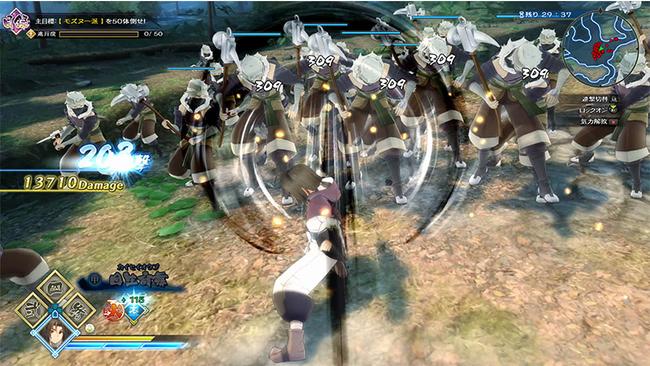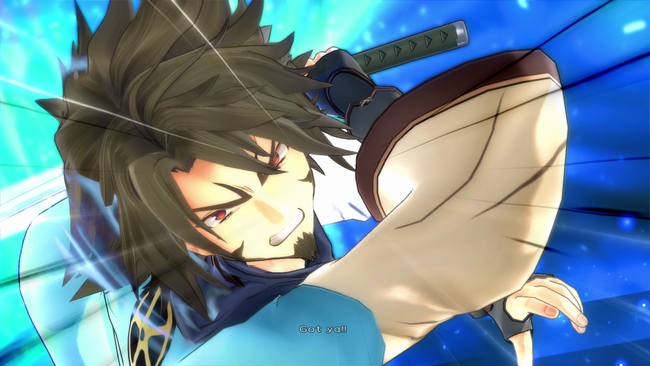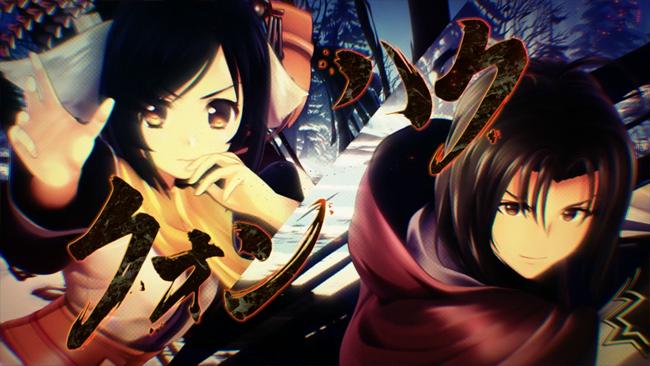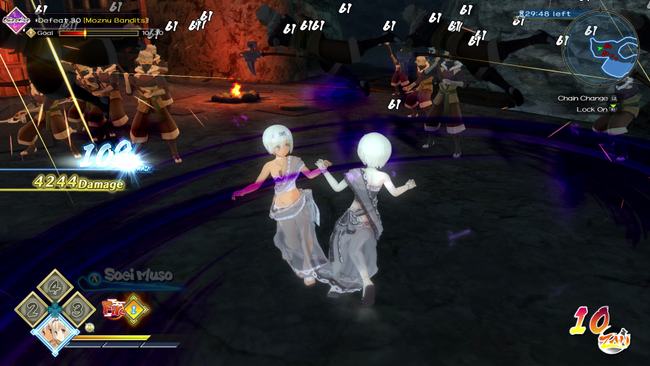
Utawarerumono: Zan Hands-On Impressions
Earlier this year I finally got around to playing Utawarerumono. Long-time readers might remember that during our Game of the Year 2017 podcast, that one of our previous writers, Zack Reese, was the only staff (at the time) to have actually played through both of the titles that Atlus had brought over in 2017 – I owned both games, but I just hadn’t gotten around to playing them yet. I was only halfway through Mask of Deception at the time. Both Utawarerumono: Mask of Deception and Mask of Truth are absolutely fantastic games, and if you haven’t yet gotten around to them (like I had), then you owe it to yourself to play them.
Earlier this year, NIS America announced that they would be bringing both Utawarerumono: Zan and Utawarerumono: Prelude to the Fallen (a remake of the first game) to the west. Utawarerumono: Zan is scheduled to release next month, while Prelude to the Fallen won’t release until next year. I’d imagine that most Utawarerumono fans are more interested in the latter, but there’s still a lot to love about Utawarerumono: Zan.

If you've played a Dynasty Warriors title, or any of the spin-offs, you probably have a pretty good idea of what to expect. Lots of enemies that are rather brainless, and a simple combat system that's focused more on spectacle rather than depth. As far as level design goes, Utawarerumono Zan is actually closer to the Senran Kagura games on Vita than actual Dynasty Warriors – fitting, seeing as they share the same developer, Tamsoft. It has less of a focus on controlling a battlefield, and more of an emphasis on completing your objectives quickly.
Combat follows the same sort of two-button setup as most musou titles, where your light attack button can be spammed pretty liberally, while your heavy attack button is mostly used for finishers. A bar in the bottom corner of the screen will fill up as you dish out damage, and when a section is filled you can use the O button to execute a chain – a sort of special attack, or action, that features the same sort of timed actions that fans of the regular Utawarerumono series are already familiar with. Some of these chains can heal characters around you – like Haku’s – or even power up your character for a period of time. Letting the bar fill completely will cause it to start glowing – signifying that you can tap the touchpad on the Dualshock 4 to enter overzeal. Tapping it again will allow your character to execute a Final Strike; a powerful attack that will decimate enemies across the entire screen, generally.

During missions, you’ll be joined with up to 3 other party members. Or put another way – you’ll have up to 4 playable characters each mission, each with their own moveset, strengths, and weaknesses. You can use the dpad to switch between them at essentially any time. It’s worth noting that AI companions all have their own separate Zeal bar, so for missions that might hold hidden containers of extra Zeal, it might be possible to use that knowledge to your advantage to let loose several Final Strikes during a single mission. You can also command your party to execute their chains at the same time by calling a Raid. When setting a party in free play, you can decide which Sigil to equip it with – a sort of inherent buff for the units in the party. A Fire Sigil raises everyone’s attack, an Earth Sigil raises their defense – and so on.
Punctuating the level design are both primary and secondary objectives, which the game will actually ask you to start on your own time. Primary objectives are shown as an orange circular highlight on the map, while secondary ones will be blue. Out of all of the objectives I managed to find in my brief time playing the game, they seemed to emulate objectives for respective missions from the original game. Chapters in the title can sometimes include multiple missions. The very first chapter actually concludes with a sequence where Haku and Maroro have to lure a Boro-gigiri (a giant insect that’s something like a cross between a mantis and a scorpion) into a trap, complete with a camera evoking some sort of boulder chase section straight out of Crash Bandicoot.

Other missions, of course, are much more standard fare. Defeat X number of enemies to spawn the boss. Defeat the boss to clear the mission. It’s good to see, at least so far, that the game manages to insert some different types of objectives every now and then. It’ll be curious to see where and how they’re inserted into the rest of the game. As for the translation quality - the title appears to re-use English dialog from Utawarerumono: Mask of Deception. According to a NISA representative, the company didn't actually conduct any actual localization work on the game - all of it was done by Aquaplus, back in Japan.
During my time at NISA HQ, I had the chance to test out the game’s co-op mode. Unfortunately, despite (almost) every mission in Utawarerumono: Mask of Deception, and presumably Zan, featuring at least 2 characters, you can’t play through the story co-op. It feels like a bit of a missed opportunity, but at least there are a set of separate challenge levels specifically designed to be played over multiplayer. That gameplay can be found in the gameplay video embedded above – but simply put, it’s just like singleplayer, except up to 3 of the other characters are controlled by other people. If you fall in battle, one of the other players will have to go and revive you before a timer runs out, or the party will lose a retry point. If you’ve played Monster Hunter, the mechanic is similar to how fainting works there, except you don’t lose the point unless you just leave your party member to die – or just can’t get to them in time.

Multiplayer is fun, and I’m sure it’s even better if you can get a group together with fully powered up characters, that know their individual movesets, and of course have already digested the controls. I don’t know if I can make any sweeping statements about how it plays after having only played the game for about an hour and a half.
Utawarerumono: Zan seemingly wants players to replay it, to explore the missions outside of the story well past they’ve finished it, and to play through levels with their friends to unlock stuff like concept art, music, and more for the gallery. The character that I ended up playing for the multiplayer session, Atuy, already came with one of her alternative outfits unlocked, but I’m led to believe that every character have their own outfits to unlock. Much like in the main Utawarerumono titles, BP – Battle Points accumulated from, you guessed it, battles! - can be spent to upgrade their stats. You can also equip them with other items that will give them buffs to one attribute or another.
I don’t think I’m going to like Utawarerumono: Zan nearly as much as I enjoyed Haku’s story in Mask of Deception and Mask of Truth, but I can’t say I’m not at least a little bit interested to experience it through a difference frame of view. Utawarerumono: Zan looks to be, if nothing else, an interesting change of pace. I’ll just have to see how the full game shapes up to say any more.